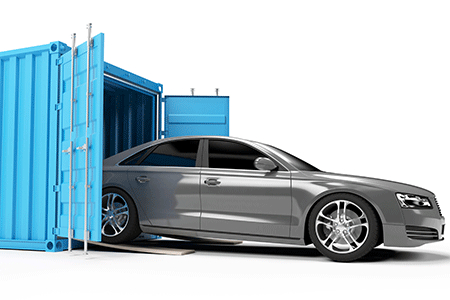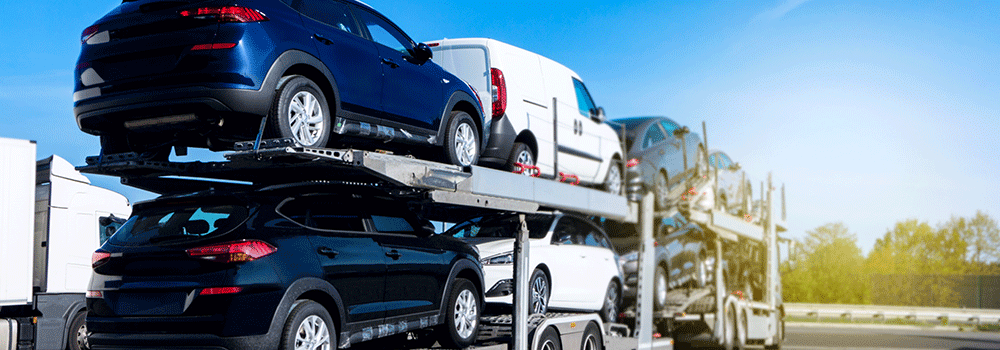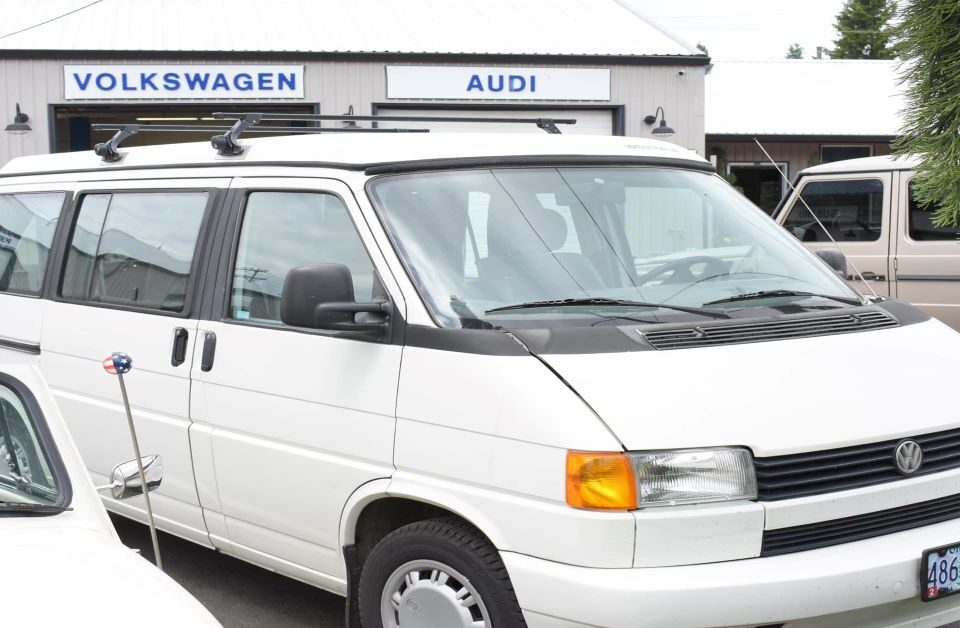
Infamous Car Recalls: The Strange and Dangerous
October 7, 2019
The Most Common Issues Porsche Owners Face
October 21, 2019Vehicle Transportation: A Problem to Solve
The automotive industry has never stopped innovating. This innovation includes shipping methods for vehicles, both foreign and domestic. Over the years, cars have been shipped in a variety of strange and, well, fascinating ways. The first car transport truck was invented in 1898 by Alexander Winton. Winton shortened the wheelbase of a car and then added a perfectly car-sized trailer on the end of it. For over a hundred years, engineers and designers have come up with some interesting ways to transport vehicles from point A to point B.
People-Powered Vehicle Transport
In the 1940s, the only way to get from Calcutta to Kathmandu in Nepal was by foot or flight. The Tribhuvan Highway, which links the Nepalese capital to India, was constructed in 1956. Before this, vehicles were sent to Calcutta by ship and then driven to Bhimphedhi. Once in Bhimphedhi, workers stripped the cars of their wheels and bumpers, secured them to bamboo poles, and up to 96 porters carried them over mountain terrain.
Panamax Ships
One of the most efficient ways to transport vehicles, especially internationally, is by ship. Most often, vehicles pack together like sardines onto boats that can be as large as two football fields. These ships are “Panamax” ships because they are the maximum size a vessel can be and still be able to pass through the locks on the Panama Canal.
One Car at a Time
When Alexander Winton invented the first car transport truck, it could only transport one vehicle at a time, which is not exactly efficient. Twenty years later, in 1918, John C. Endebrock’s Trailmobile concept was introduced. The Trailmobile was an iron chassis. The chassis was designed to attach to a Model T, and it was mounted on wheels and springs. One person was able to hook it up, but it wasn’t much more efficient than driving the vehicle to its destination.
Vehicles in Boxes
In the mid-twentieth century, auto manufacturers transported as many vehicles by rail as they could. The issue? This method of transportation is incredibly inefficient. Only four full-sized sedans can fit in a standard boxcar, or, fifteen vehicles fit onto a flatcar with specialized racks. Even if as many cars as possible are packed into boxcars, the total weight of the boxcars is too low for it to be an efficient way to ship cars. Not only that, but shipping by rail is expensive, and even when the vehicles get to their destination by rail, they still need to be transported to the dealership. Even today, about 70% of all new cars sold in the United States travel by train at some point between its manufacture and sale.
Vert-A-Pacs or Stac-Pacs

Shipping vehicles by rail is expensive, but the only way to fit as many cars as possible on the train is to transport them on open containers or flatcars. Weather conditions, vandalism, and theft threaten the vehicles transported this way. To solve this, General Motors and Southern Pacific Railroad designed a particular type of automobile rack that fit thirty Chevrolet Vegas vertically, nose-down, inside of a covered car. The engines of the Vegas were specially designed to withstand this type of transportation.
Custom Car Transport
Lance Reventlow, a 20th-century race car driver, known for building the first Formula One race car in the United States, commissioned a custom transport vehicle for his Scarab race cars. Reventlow’s car transporter was designed and built by Bartoletti Motors. The carrier could fit three cars, and it had wood floors in its cargo hold. Reventlow’s rig attracted attention anywhere he went with its bright blue paint and shiny chrome.
Extra-Long Carriers
China has many regulations concerning the transport of vehicles, especially on semi-trailers. However, these regulations are not enforced regularly because of the increasing demand for new cars. Some semi-trailers extend more than 27 meters, fitting fifteen vehicles onto a single trailer. Semi-trailers in China are not supposed to be longer than sixteen meters, but companies often ignore these limits to meet demand. There have even been instances of monster trailers: double-wide, double-level trailers that fit thirty vehicles. Workers usually unload these trailers outside of cities because of their size.
By Air
When world leaders travel from one country to another, their limos are transported in cargo planes. Wealthy auto enthusiasts often pay for their vehicles to be carried by aircraft. It can cost more than $25,000 for this type of transport, but the people shipping their cars this way are often millionaires. Concept cars and race cars are also usually shipped in this manner to protect them from damage sustained in other modes of transport.
In an RV Cargo Hold
The Voklner Mobil Performance S motor home, which has a price tag of $1.7 million, has space in its cargo to transport a personal vehicle. The electrohydraulic lift garage can only fit a low-profile vehicle though, such as a Ferrari or a Porsche. The garage is fully enclosed, which protects the car from any weather or road damage. This is an expensive option, but certainly a stylish one for wealthy car owners and road-trip enthusiasts.
Typical Transportation
Many of these methods of transportation are outliers. In the United States, vehicles have been transported by modern car-carriers since the late 1960s. The biggest difference between mid-century car transport and modern car transport is the size of the carriers. Car transport vehicles are much larger now than ever before. The challenge presented to professionals in the auto transport industry is fuel consumption. How can vehicles be transported in an environmentally and economically-friendly manner? Fossil-fuel powered transportation may become too expensive in the near future, so industry professionals are looking for innovations to make vehicle transportation safe, clean, and efficient.


